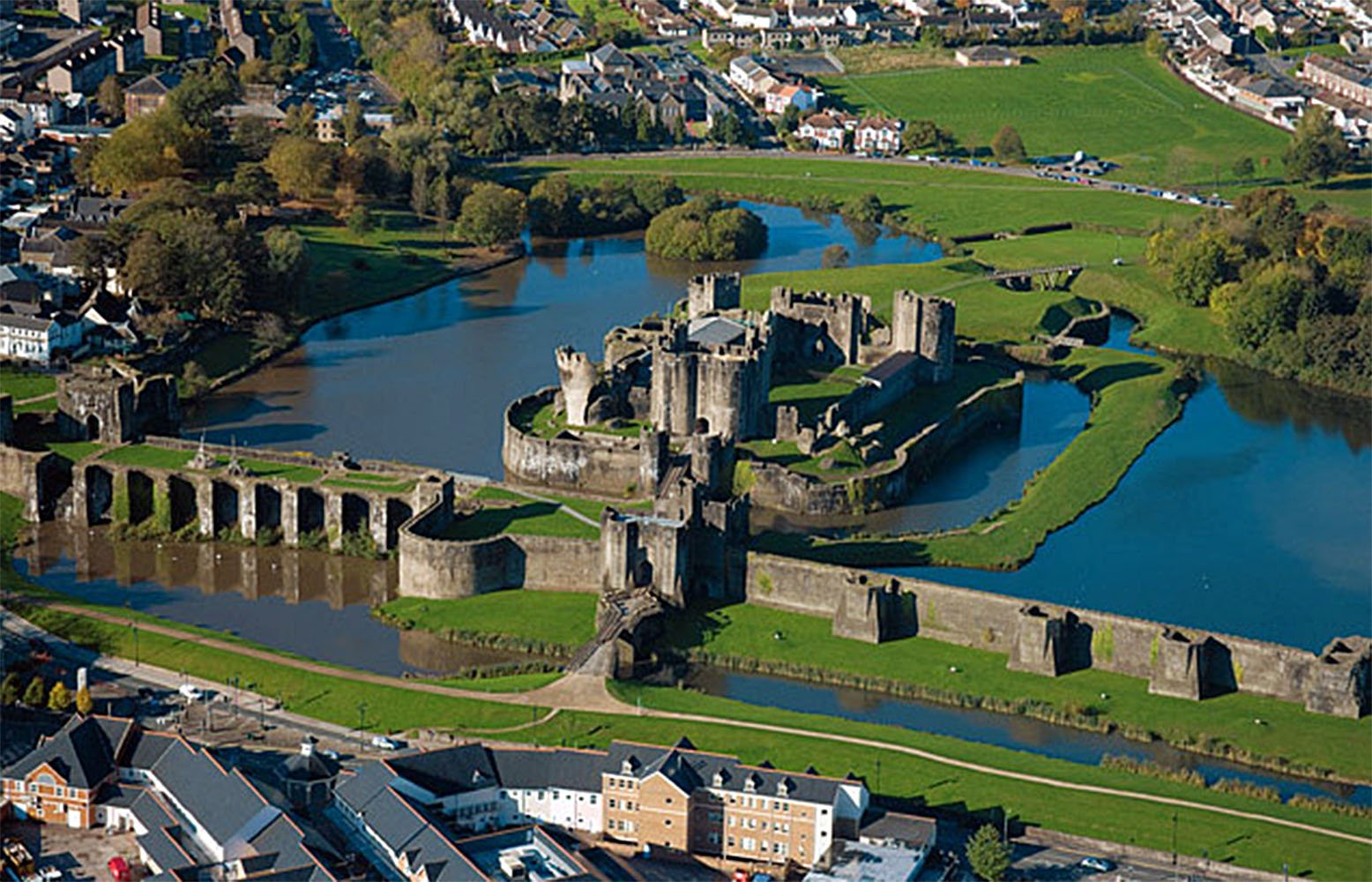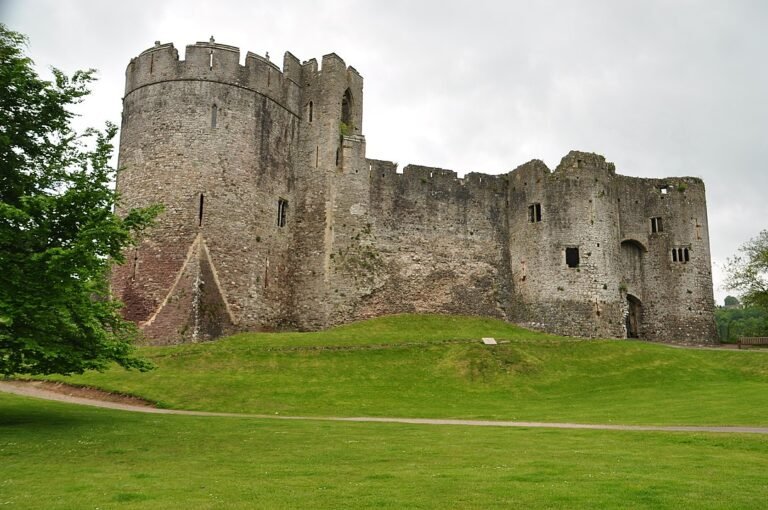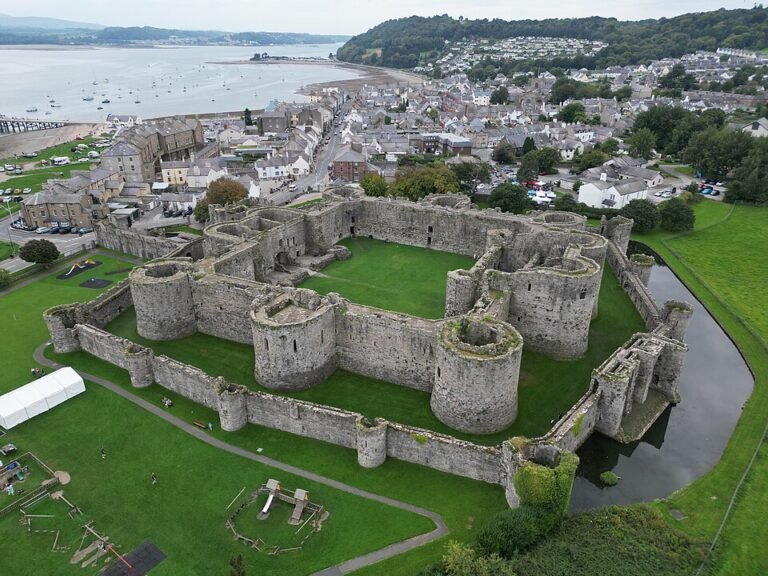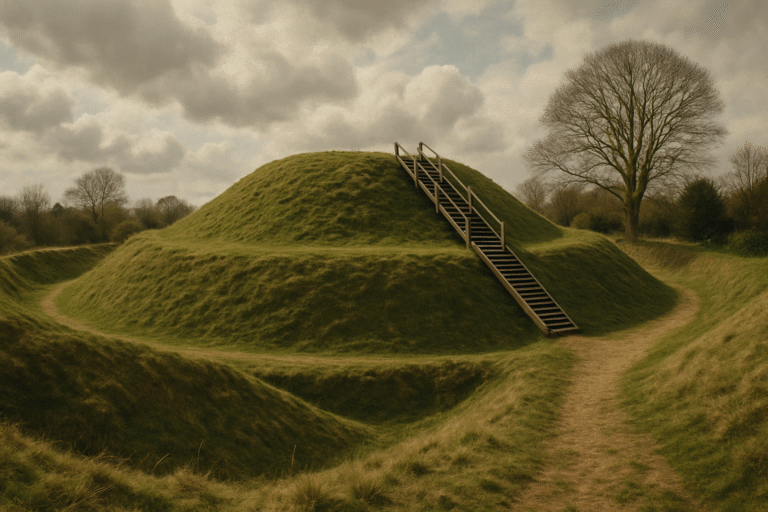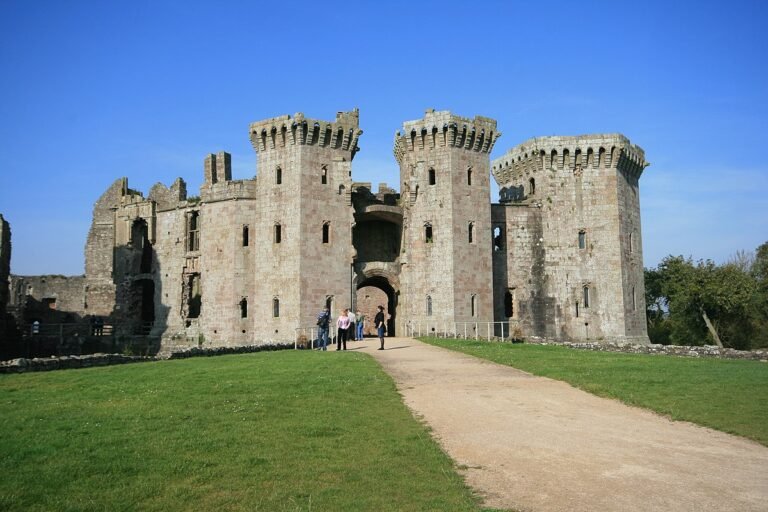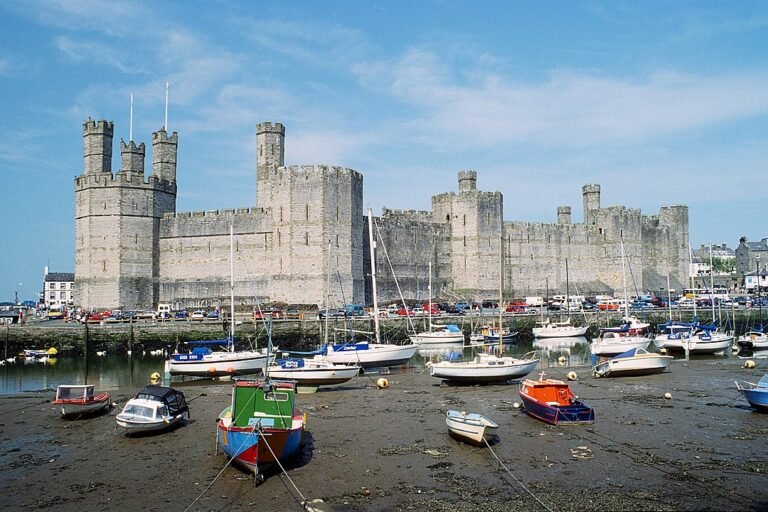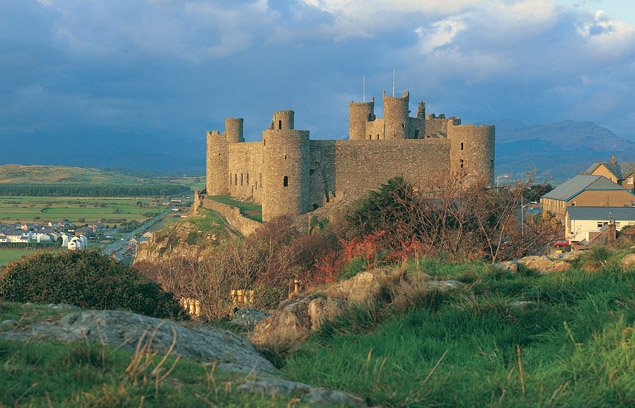Caerphilly Castle: Discover Wales’ Towering Medieval Marvel
Introduction to Caerphilly Castle
Standing proudly in South Wales, Caerphilly Castle is the largest castle in Wales and the second largest in the UK after Windsor. Built in the 13th century, this vast fortress boasts expansive water defences, leaning towers, and a gripping history of military strategy and architectural innovation. Ideal for families, solo explorers, and couples alike, Caerphilly Castle offers a tangible walk through history in a picturesque setting.
The History Behind the Walls
Constructed between 1268 and 1271 by Gilbert de Clare, a powerful Anglo-Norman lord, Caerphilly Castle was built to secure control over Glamorgan against Welsh prince Llywelyn ap Gruffudd. Designed using concentric defences and artificial lakes, it was a masterpiece of military architecture and a direct response to the conflict and territorial defence needs of the time.
Through centuries of power struggles, the castle fell into disrepair during the late medieval period. It was later partially restored in the 19th and 20th centuries by the Bute family, returning Caerphilly Castle to its former grandeur.
Caerphilly Castle Facts and Figures
- Built: 1268–1271
- Location: Caerphilly, South Wales
- Size: Over 30 acres
- Defensive features: Moats, concentric walls, gatehouses
- Famous features: The leaning south-east tower
- Managed by: Cadw (the historic environment service of the Welsh Government)
Why Visit Caerphilly Castle?
Caerphilly Castle is more than an ancient ruin; it’s a vivid experience. Visitors are drawn to:
- The dramatic leaning tower, which rivals Pisa’s tilt
- Massive moats and water features are ideal for reflection photography
- Interactive exhibits, including medieval siege weapons and a dragon sculpture trail
- Panoramic views from the towers, offering insight into medieval military planning
Ideal for All Ages
With wide-open spaces, family-friendly events, and educational displays, Caerphilly Castle is perfect for kids. Couples can enjoy scenic walks and historical intrigue, while solo travellers will appreciate the peaceful atmosphere and opportunities for learning and photography.
Visiting Information and Travel Tips
- Opening Hours: Typically open daily 9:30 am–5 pm; times vary seasonally
- Tickets: Available online via Cadw; free for Cadw members
- Accessibility: Partial wheelchair access; uneven surfaces and steep stairs in some areas
- Getting There: Easily reachable by train from Cardiff (20-minute ride) or by car via the A469
- Parking: On-site and nearby pay-and-display options
- Photography: Allowed throughout the grounds; drones prohibited
Suggested Itineraries
1-Day Caerphilly Explorer
- Morning: Arrive by train or car; explore the outer grounds and moat reflections
- Midday: Tour the inner keep and towers, visit interactive displays
- Afternoon: Picnic in nearby Caerphilly Castle Park or dine in a local café
2-Day South Wales History Loop
- Day 1: Caerphilly Castle (morning to afternoon), then drive to Cardiff (30 mins)
- Overnight: Stay in Cardiff Bay or the city centre
- Day 2: Explore Cardiff Castle and National Museum Cardiff
Where to Eat and Stay Nearby
Dining Options
- Castle Court Shopping Centre: Cafés and restaurants with local fare
- The Old Library: Quirky cafe with cakes and light meals
- Tommy Heaney at The Great House: Modern Welsh fine dining experience
Accommodation Suggestions
- Premier Inn Caerphilly: Reliable and family-friendly
- Bryn Meadows Golf Hotel & Spa: Great for couples seeking relaxation
- Local B&Bs: Cosy and ideal for solo travellers or short stays
Seasonal Highlights and Events
Caerphilly Castle hosts themed events, including:
- Medieval re-enactments
- Summer jousting tournaments
- Dragon hunts for children during school holidays
- Illuminated night tours during the winter months
Caerphilly Castle in Broader UK Context
Caerphilly is part of the wider story of British fortifications. Like Warwick Castle in England or Conwy Castle in North Wales, it offers insight into medieval defence systems and aristocratic power. Visitors touring UK castles can link Caerphilly with other Cadw or English Heritage sites for a thematic journey through British history.
FAQs about Caerphilly Castle
How long does it take to explore Caerphilly Castle?
Most visitors spend 1.5–2.5 hours exploring the castle, towers, and exhibitions. Allow extra time during busy events or festivals.
Can you go inside the castle towers?
Yes, several towers are open, offering panoramic views and historic features. Some areas may close temporarily for restoration.
Who built Caerphilly Castle and when?
It was built by Gilbert de Clare in 1268 as part of his campaign to control Glamorgan.
How big is Caerphilly Castle?
The site spans 30 acres, making it the largest castle in Wales and the second largest in Britain.
What’s unique about its design?
It’s Britain’s first concentric castle, featuring multiple defensive walls and an extensive moat system.
Is Caerphilly Castle open to the public and how much does it cost?
Yes, it’s managed by Cadw. Tickets are around £12.00 for adults and £8.60 for children, with family and membership options available.
What are the opening hours?
Hours vary by season:
Summer: 09:00–18:00
Winter: 10:00–16:00
Last entry is 30 minutes before closing.
Has the castle been recently restored?
Yes, after a £8 million refurbishment, it reopened on 19 July 2025 with new exhibits, improved access, and previously closed areas now open.
What is the Big Cheese Festival?
A popular July festival celebrating Caerphilly cheese with food stalls, entertainment, re-enactments, and free castle entry.
Final Thoughts
Caerphilly Castle stands as a formidable reminder of Wales’ medieval might and architectural ambition. With its scenic setting, family appeal, and accessible location, it’s a must-see for any UK travel itinerary. Whether you’re exploring on your own, with a partner, or with children in tow, this historic fortress offers an unforgettable day out and a gateway into the heart of Welsh heritage.
